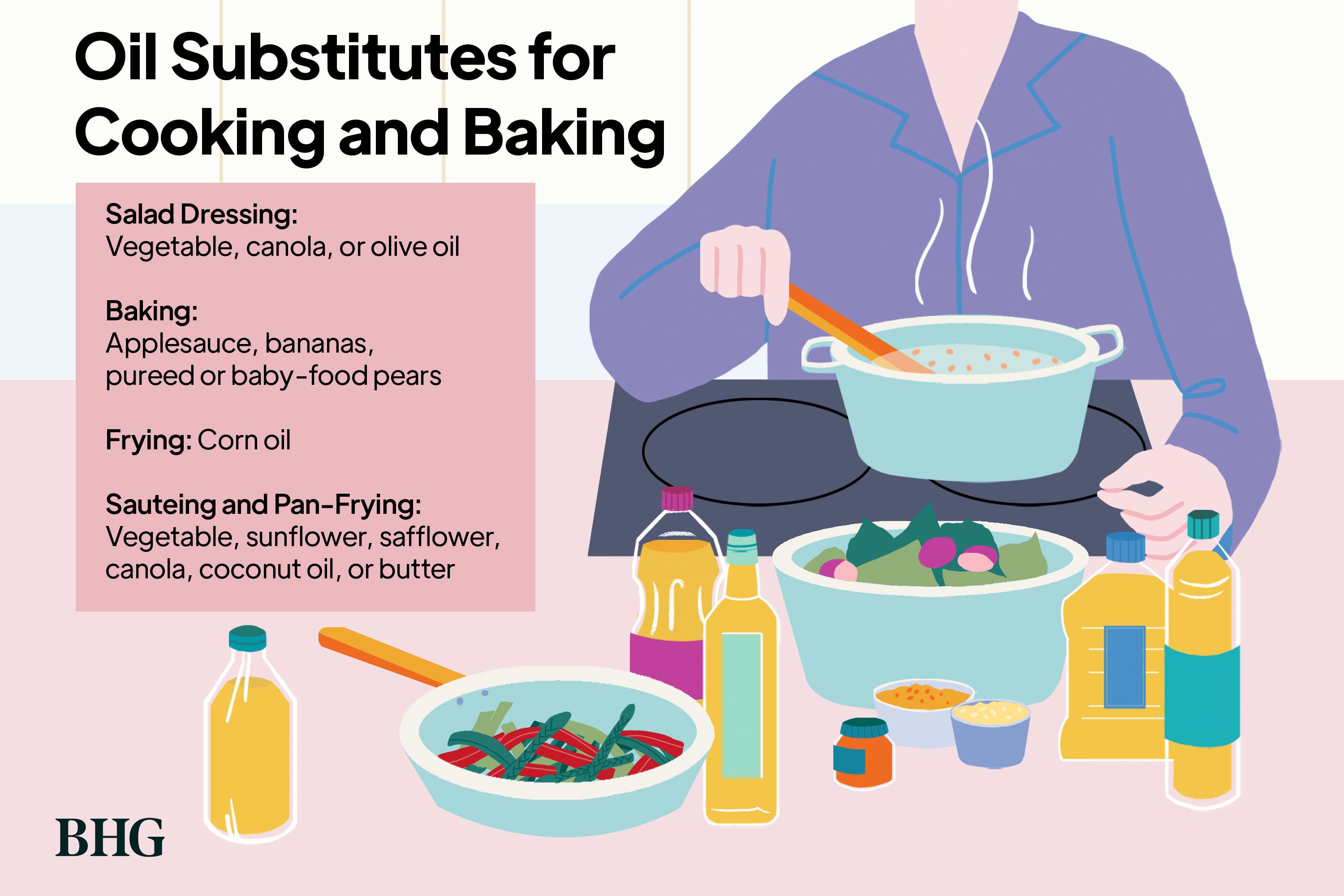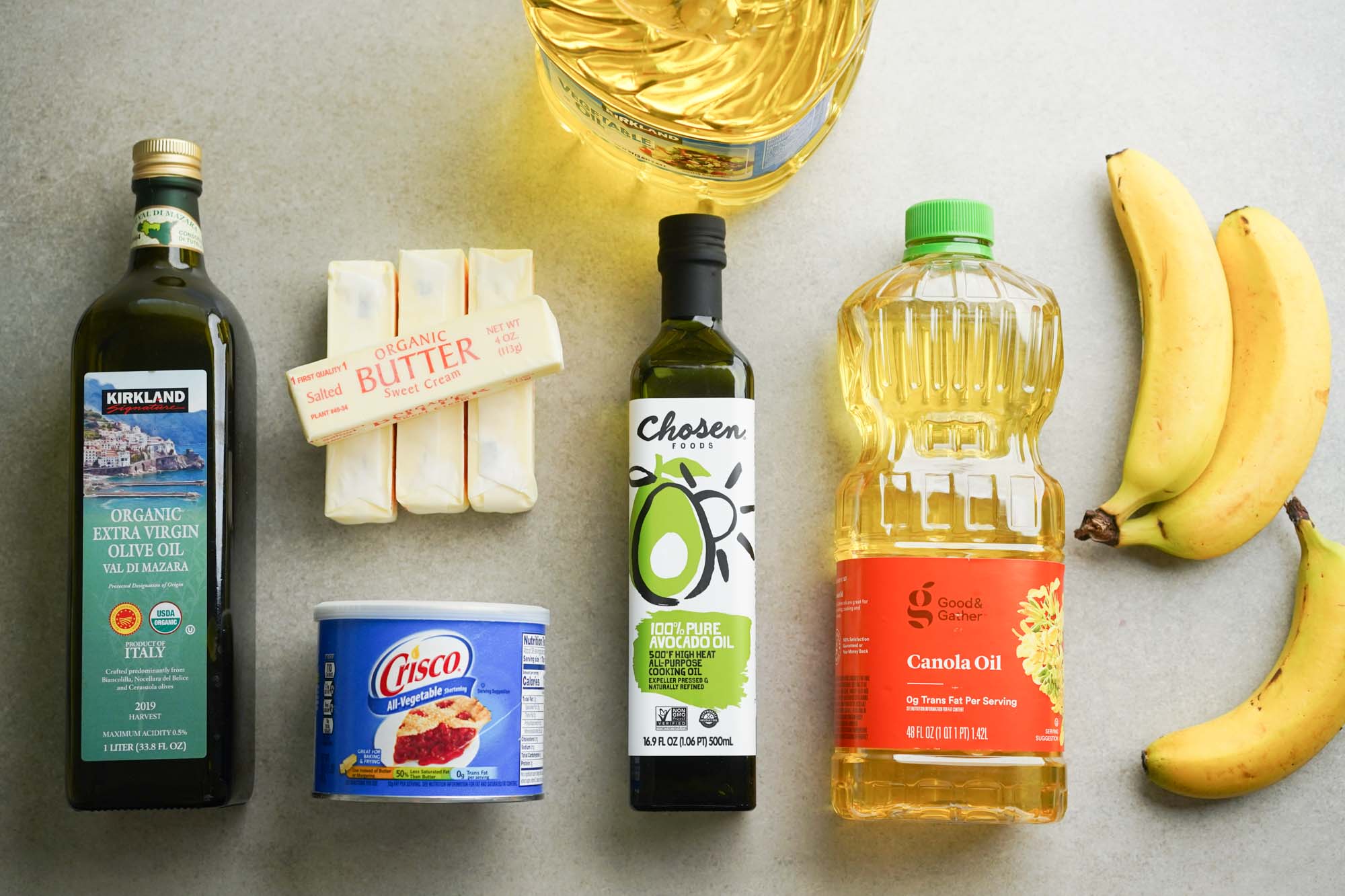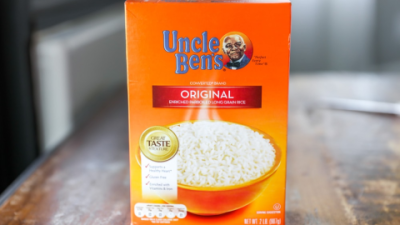Canola oil is one of those pantry staples that almost every baker has on hand. It’s pretty much the go-to oil for keeping cakes moist and tender without adding any weird flavors. But sometimes, for all kinds of reasons—maybe you ran out, or you’re trying to eat healthier, or you just want to experiment—you need to find a good substitute. And honestly, not all oils are created equal when it comes to baking. So, if you’ve ever wondered what you can use instead of canola oil without ruining your recipe, you’re in the right place.
Let’s start with why people even look for substitutes. Some folks have allergies or dietary restrictions that make canola oil a no-go. Others worry about the health stuff—like how processed it is or the type of fats it contains. Or maybe you just want a bit more flavor in your baked goods, something richer or nuttier. And hey, sometimes it’s just about what’s in your kitchen at the moment. Whatever the reason, there are plenty of options that work well, and some might even surprise you.
To really get this right, it helps to understand what canola oil does in your baking. It’s not just about fat; it’s about moisture, texture, and keeping things soft and tender. Plus, it’s neutral in flavor, so it doesn’t steal the spotlight from your other ingredients. So, when picking a substitute, you want something that can do the same job—keep your cake moist, your muffins tender, and your cookies just right.

Now, let’s get into the good stuff: the substitutes. I’ve put together a list of the best options, with some pros and cons, and a few tips on how to use them.
First up, the easiest swap: vegetable oil. It’s basically the closest cousin to canola oil—neutral flavor, similar texture. If you’re in a pinch, just use vegetable oil in the same amount, and you’re good to go. No surprises here.
Sunflower oil is another mild one. It has a slight nuttiness but nothing overpowering. It’s packed with vitamin E, which is a nice bonus if you’re thinking about health. It’s great for cakes and cupcakes where you want something light but still moist.
Coconut oil is a bit of a wildcard. It’s solid at room temp, so you’ll need to melt it first. It gives your baked goods a subtle coconut flavor, which some people love, others might find a little strong. If you want the flavor without the coconut punch, go for refined coconut oil—it’s more neutral.
Olive oil might sound strange for baking, but if you use the light or refined kind, it can work wonders, especially in breads or cakes that can handle a bit of earthiness. Extra virgin olive oil is pretty bold, so only use it when you want that flavor to shine through.
Avocado oil is a newer favorite for many bakers. It’s mild, buttery, and super healthy with lots of good fats. It’s a great one-to-one swap for canola oil and works well in almost anything.
Butter—oh, butter. It adds such a lovely richness and flavor. If you don’t mind the dairy and want something a bit more indulgent, melted butter is a fantastic substitute. Just remember it’s a bit heavier, but that’s part of the charm.
If you’re looking to cut back on fat, applesauce is a neat trick. It adds moisture and sweetness but can change the texture a bit—your muffins might be softer, but cookies might lose that crisp edge. Use unsweetened applesauce to keep control over the sugar.
Greek yogurt is another interesting option. It adds moisture and a little tang, which can be really nice in some cakes and muffins. Because it’s thicker, you’ll want to use a bit more than the oil called for.
And then there’s shortening. It’s neutral and solid, so you’ll need to melt it before mixing. It’s great for flaky pastries and cookies, but watch out for trans fats—choose non-hydrogenated if you can.

Here’s a quick table to sum it up:
A couple of quick tips if you’re trying this at home: always melt solid fats before measuring, and if you’re using something with a strong flavor (like coconut or olive oil), start with a small batch to see how you like it. Also, some substitutes might make your baked goods a little denser or moister, so keep an eye on baking times.
Now, let me answer a few common questions that pop up when people switch from canola oil:
Can I just swap butter for canola oil in any recipe?
Mostly yes, but butter brings more flavor and can change texture a bit. Also, if you’re dairy-free, obviously that’s not an option.
Is coconut oil really healthy?
It’s a bit controversial. Coconut oil has more saturated fat than canola oil, so it’s best used in moderation. But it’s great for vegan baking and adds a nice flavor.
Will applesauce work in cookies?
It can, but cookies might turn out softer and less crispy. For cookies, oils or butter usually give better texture.

How about avocado oil?
It’s one of the best healthy swaps. Mild flavor, great fats, and works well in almost all baked goods.
Will I need to change baking times?
Usually, no. But it’s a good idea to keep an eye on your baked goods just in case. Sometimes moisture changes can affect how quickly things bake.
At the end of the day, swapping out canola oil is all about knowing what you want from your baked goods—flavor, texture, health benefits—and picking the right substitute to match. Don’t be afraid to experiment; sometimes the best recipes come from a little kitchen adventure.
So next time you’re baking and realize you’re out of canola oil, don’t panic. Whether you reach for vegetable oil, butter, or something a little more unexpected like applesauce, you’ve got options that’ll keep your cakes moist, your muffins tender, and your cookies delicious. Happy baking!



